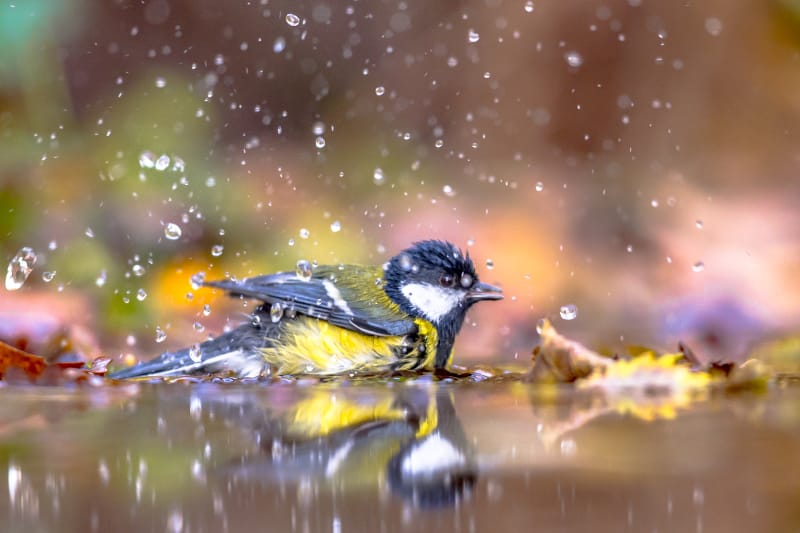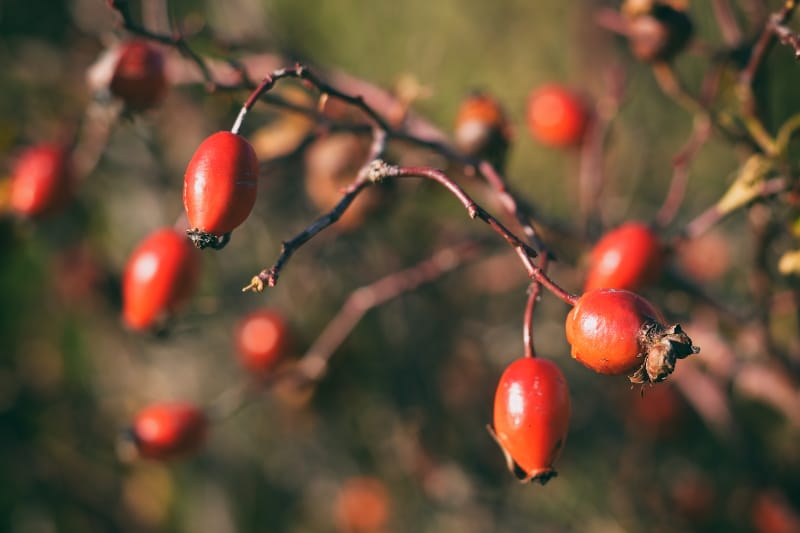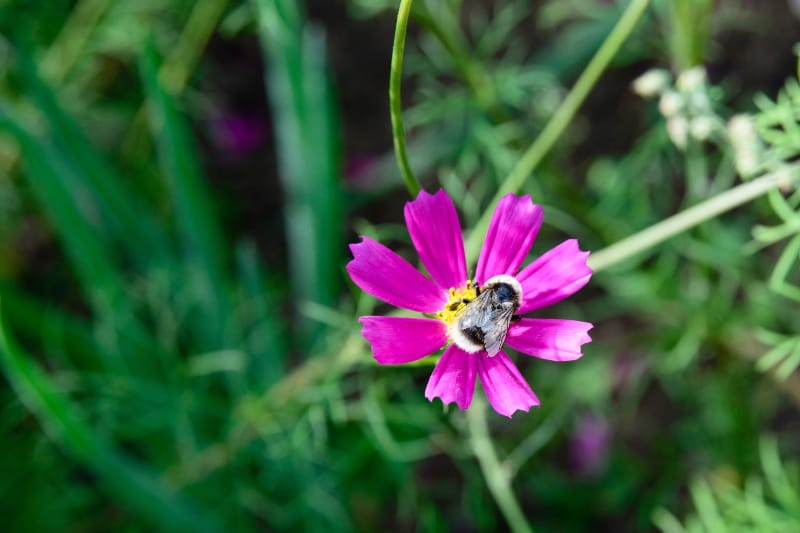Embracing Wildlife in Your June Garden: A Haven for Nature
June is a truly magical time in the wildlife garden, buzzing with activity and the promise of new life. From the flutter of butterfly wings to the busy foraging of hedgehogs, nature is in full swing. Birds are diligently seeking out caterpillars to nourish their young, while bees, moths, and a myriad of other pollinators bask in the sunshine, feasting on the abundant nectar our gardens provide. If you're fortunate enough to host hedgehogs, they'll be on the hunt for caterpillars and beetles to feed their own offspring. Meanwhile, the young amphibians that emerged in your pond earlier this year will be embarking on their first ventures into the wider garden, seeking cool, damp refuges.
Let's make our gardens even more welcoming havens for these fascinating creatures with a few simple yet impactful tasks:
Wildlife Gardening Jobs for a Thriving June Ecosystem:

Quench Thirst and Offer a Spa:
- Keep Bird Baths Topped Up: During warm weather, bird baths can quickly dry out. Make it a daily habit to check and replenish them. This provides essential drinking water and a place for birds to bathe. Clean feathers are vital for temperature regulation and efficient flight, helping them evade predators. If cats frequent your garden, ensure bird baths are placed off the ground for safety.
- Create a Dust Bathing Area: Sparrows and wrens enjoy a good dust bath, which helps them keep their feathers in good condition. If your soil isn't naturally fine and sandy, consider creating a small, dedicated sandy patch for them to enjoy.
Provide Amphibian Sanctuaries:
- Create a Cool, Damp Spot: Find a shady corner in your garden to build a vital amphibian hideaway. Partially bury the bottom layer of some logs, then stack the rest on top. Fill the gaps and crevices with fallen leaves and moss to create a cool, damp, and secure shelter for frogs, toads, and newts.

Resist the Urge to Deadhead Some Blooms:
- Don't Deadhead Roses (for Wildlife): While deadheading encourages more flowers in some plants, it also prevents seed production. Allow your roses to develop their beautiful red hips. These provide a valuable food source for birds and small mammals throughout the lean winter months.
Plant for Pollinator Paradise:

Grow Bee-Friendly Plants: It's fundamental - if you want to attract bees, butterflies, and other crucial pollinators, you need to plant the flowers they adore. Here's a helpful list:
Flowers Honey Bees Like:
- Birdsfoot Trefoil (Lotus Corniculatus)
- Catmint (Nepeta)
- Chamomile (Matricaria recutita)
- Cherry Laurels (Prunus laurocerasus)
- Comfrey (Symphytum)
- Cornflower (Centaurea cyanus)
- Corn Marigold (Glebionis segetum)
- Heathers (Calluna and Erica)
- Hellebores (Helleborus)
- Foxglove (Digitalis purpurea)
- Michaelmas Daisies (Symphyotrichum)
- Night-flowering catchfly (Silene noctiflora)
- Red Clover (Trifolium pratense)
- Salix / Willows (Salix species)
- Skimmia (Skimmia)
- Spring blossom (from various trees and shrubs)
- Sunflowers (Helianthus annuus)
- Viper's Bugloss (Echium vulgare)
- Wallflowers (Erysimum)
- Wild Marjoram (Origanum vulgare)
Flowers Bumble Bees Love:
- Birdsfoot Trefoil (Lotus corniculatus)
- Borage (Borago officinalis)
- Chamomile (Matricaria recutita)
- Chives (Allium schoenoprasum)
- Cornflower (Centaurea cyanus)
- Corn Marigold (Glebionis segetum)
- Dahlias (single-flowered varieties) (Dahlia)
- Echinops (Echinops)
- Foxgloves (Digitalis purpurea)
- Lavender (Lavandula)
- Marjoram (Origanum)
- Meadow Cranesbill (Geranium pratense)
- Night-flowering catchfly (Silene noctiflora)
- Oregano (Origanum vulgare)
- Red Clover (Trifolium pratense)
- Rosemary (Salvia rosmarinus)
- Scabious (Scabiosa)
- Viper's Bugloss (Echium vulgare)
- Wild Marjoram (Origanum vulgare)
Key Considerations for Pollinator-Friendly Planting:
- Variety is Crucial: Offer a diverse range of wildflowers and cultivated nectar- and pollen-rich plants to cater to different pollinator preferences and ensure a continuous food supply throughout the season.
- Embrace Natives and Non-Natives: Both native plants (those long established in the UK) and well-chosen non-native species (introduced accidentally or intentionally) can be valuable for wildlife, especially in the face of climate change.
- Right Plant, Right Place: Select plants that are well-suited to your existing soil conditions. This will save you effort and resources on soil cultivation and significantly increase plant survival rates.
- Avoid Double Flowers: When creating a wildlife garden, it's best to avoid double-flowered varieties. Pollinators often find it difficult or impossible to access the nectar and pollen within the extra layers of petals. Single-petal flowers are much more accessible.
By undertaking these wildlife-friendly gardening tasks in June, you'll be actively contributing to a thriving ecosystem in your own backyard. Enjoy the increased activity and the satisfaction of knowing you're providing essential resources for the fascinating wildlife that shares your space. Happy wildlife gardening!




